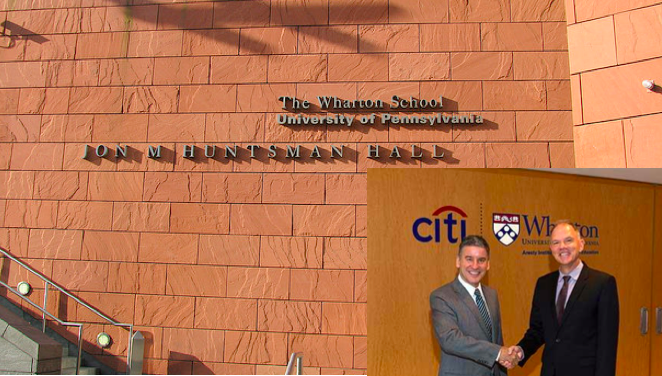Preqin Highlights Significant Fee Disparity Between Private Equity Separate Accounts and Commingled Funds
| By Fórmate a Fondo | 0 Comentarios

Figures compiled for the forthcoming 2015 Preqin Private Equity Fund Terms Advisor show the significant disparity in fees private equity fund managers offer investors in their separate accounts and co-investment opportunities, with that of commingled fund investments. When calculating performance fees, 48% of fund managers charge a 20% carry rate for separate accounts, compared to 85% of managers running comingled funds. 48% of managers charge no carried interest on co-investments, while only a quarter keep the same rate as in their main vehicle.
With regards to management fees, private equity separate accounts have a median average fee of 1.00%, and a mean average of 1.15%. In addition, 42% of fund managers will reduce or remove these fees after the initial investment phase. By comparison, almost three-quarters (73%) of commingled buyout funds currently in market or with a 2014/2015 vintage charge the “industry standard” management fee of 2.00% or more during the investment period. Forty-nine percent of managers charge no management fees on co-investments, with only 16% maintaining their standard rate.
The research also finds average rate of management fees on separate accounts varies significantly according to fund type. Mean and median management rates for a buyout separate account are 1.69% and 1.88% respectively, just below the standard 2.00%. However, the median fund of funds separate account rate is 1.00%, and private equity real estate funds charged a median 0.78% management fee.
The proportion of investors that cite management fees as an area in need of improvement has dropped from 59% in June 2013, to 40% in June 2015, while fees charged on unspent capital have fallen off the top list of investor concerns.
Investor concern with performance fees has risen, both over the amount paid, and the structure of charges. Data shows that the amount of performance fees, and the fee structures, concern 32% and 21% of investors respectively, up from 28% of investors that were concerned with carry structure in 2014.
Twenty nine percent of private equity fund managers contribute 0-1.99% of the value of their separate accounts, broadly in line with the typical 1% rate of GP commitment. Almost half (47%) commit 5% or more, while 15% of fund managers contribute over half the total value of their separate accounts.
“Preqin’s latest analysis of private equity fund terms and conditions shows some progress in aspects that investors have previously marked as areas of concern. Far fewer investors are concerned about the level of management fees at present, and at the same time, the proportion of investors that believe their interests are aligned with those of managers has risen significantly.
Separate accounts and co-investment opportunities offer sophisticated investors a number of benefits in accessing private equity beyond traditional commingled fund investments, and in addition, the fees associated with these investments are significantly lower. The growing appetite for alternative routes to private equity has the potential to threaten the traditional, commingled fund structure, and GPs that adapt to the evolving fundraising environment will better meet the needs of LPs and create long-term, mutually beneficial LP-GP relationships.” Says Selina Sy, Senior Manager
You can find more detaills on the report, you may use this link







